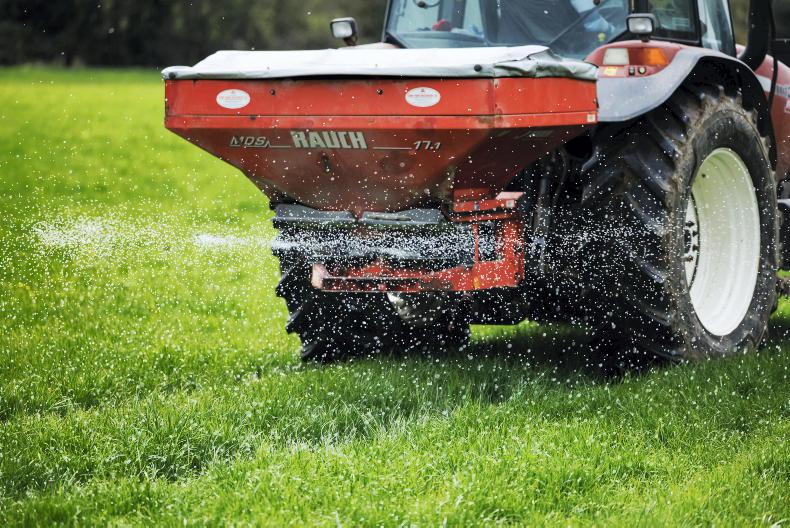In 2021, the European Union witnessed a decline in the use of mineral fertilisers (nitrogen and phosphorus) marking a year-on-year decrease of 2.2% compared to 2020, and a decline of 6.4% since its peak in 2017.
Specifically, the consumption of nitrogen-based fertilisers in the EU amounted to 9.8m tonnes in 2021, showing a marginal year-on-year decrease of 2.0%. This reduction follows the short-term trend observed since 2017.
Notably, the overall consumption of nitrogen fertilisers has now stabilised to a level similar to that of a decade ago.
In terms of nitrogen fertiliser use, France emerged as the highest user within the EU, using 2m tonnes. Germany followed closely with 1.3m tonnes, while Poland (1m tonnes, 2020 data) and Spain (1m tonnes) collectively accounted for one-half of the EU's total nitrogen fertiliser consumption.
Phosphorus fertilisers
Meanwhile, the consumption of phosphorus fertilisers in 2021 stood at 1.1m tonnes, a decline of 3.8% compared to 2020. This reduction brings the usage level in line with the average seen over the previous decade.
Among EU member states, France, Spain, Poland, Romania, Italy and Germany emerged as the largest users of phosphorus-based fertilisers in 2021. Collectively, these countries accounted for nearly three-quarters of the EU's total phosphorus fertiliser usage.
Ireland’s usage
Ireland recorded an increased use of nitrogen fertilisers in 2021 compared to previous years, with 399,200 tonnes used in 2021, compared to 379,500 in 2020 and 367,400 in 2019.
Ireland falls middle of the pack in terms of fertiliser usage within the EU, behind Hungary which used 250,200 tonnes in 2021.
There was a 15% increase in nitrogen fertiliser use in Ireland between 2011 and 2021 - the eighth highest increase in the EU.
There was just under a 45% increase in the average amount of phosphorus fertiliser used in Ireland between the years 2019-2021 compared to the average used in 2011-2013. This was the seventh highest increase in the EU, just under Sweden (45%) and Slovakia (43%).
2022 figures
Commenting on 2022 figures, Eurostat said: “While there is still no available data for 2022, it is important to mention that the military aggression in Ukraine and the application of sanctions on Russia has led to sharp increases in fertiliser prices, which will likely impact the use of fertilisers in agriculture in the EU.
"The EU’s nitrogen-based fertiliser industry had been heavily dependent on gas of Russian origin. In addition, Russia and Belarus had been key players in the world production of rock-based fertilisers.”






 This is a subscriber-only article
This is a subscriber-only article











SHARING OPTIONS: